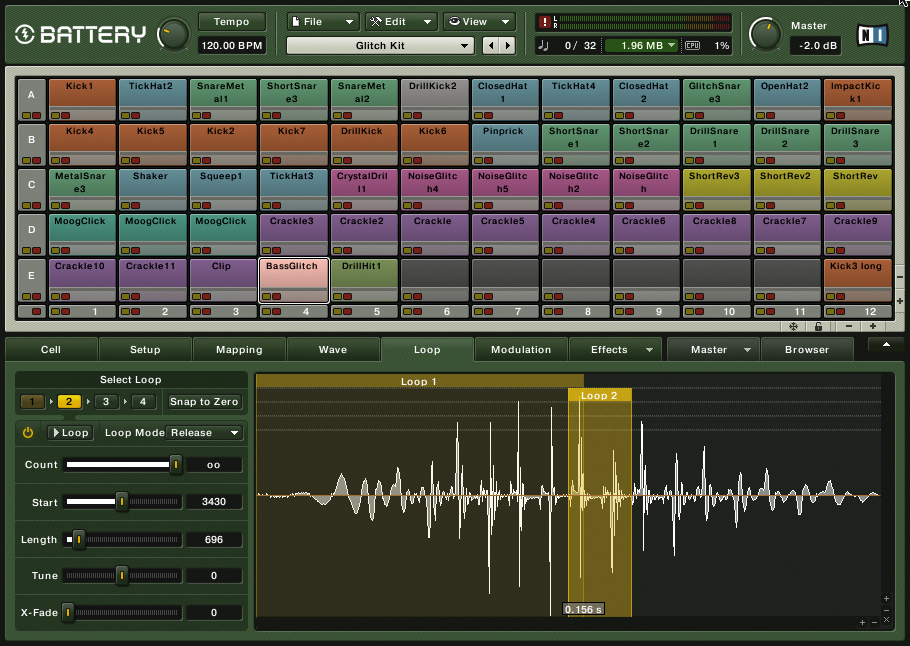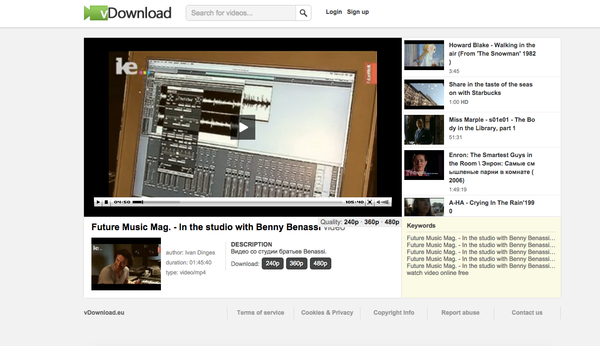


This means you can miss out on the multilayered nature of the kits (many of which have 30 or more velocity layers) or the 'note off' cells. When clicking the mouse, velocity is fixed (though it can adjusted), so there's no context-sensitive playback. From a user perspective, to get the most from it, you really need to play it from a MIDI controller. With all of its new features, it would be easy to overlook any shortcomings in Battery 3, but inevitably, there's still room for improvement. Rather cheekily, you can even drag any loaded sample into the convolution window for use as a convolution source! Beat-downers Articulations certainly add to the realism, and the same can be said of the new convolution reverb in the master effects section. This doesn't require any extra samples, though the fact that it takes advantage of different velocity zones means it sounds best when used on multisampled cells. On the subject of customising, the 'articulations' feature lets you apply standard drum performance techniques (flam, roll, drag and so on) to any cell. You can easily import individual cells from these when building up your own sound set. As well as adding to the natural kits found in version 2, it also extends its coverage into sound design territory, with the Armageddon and Noise kits featuring various impulse-type noises. In terms of sound, the expanded library is excellent. Envelope settings come up as shaded areas over the cell waveform and you can view a cell's information simply by waving the cursor over it. Once you've got a full-on kit patch open, the visual improvements in Battery 3 become clear.


 0 kommentar(er)
0 kommentar(er)
